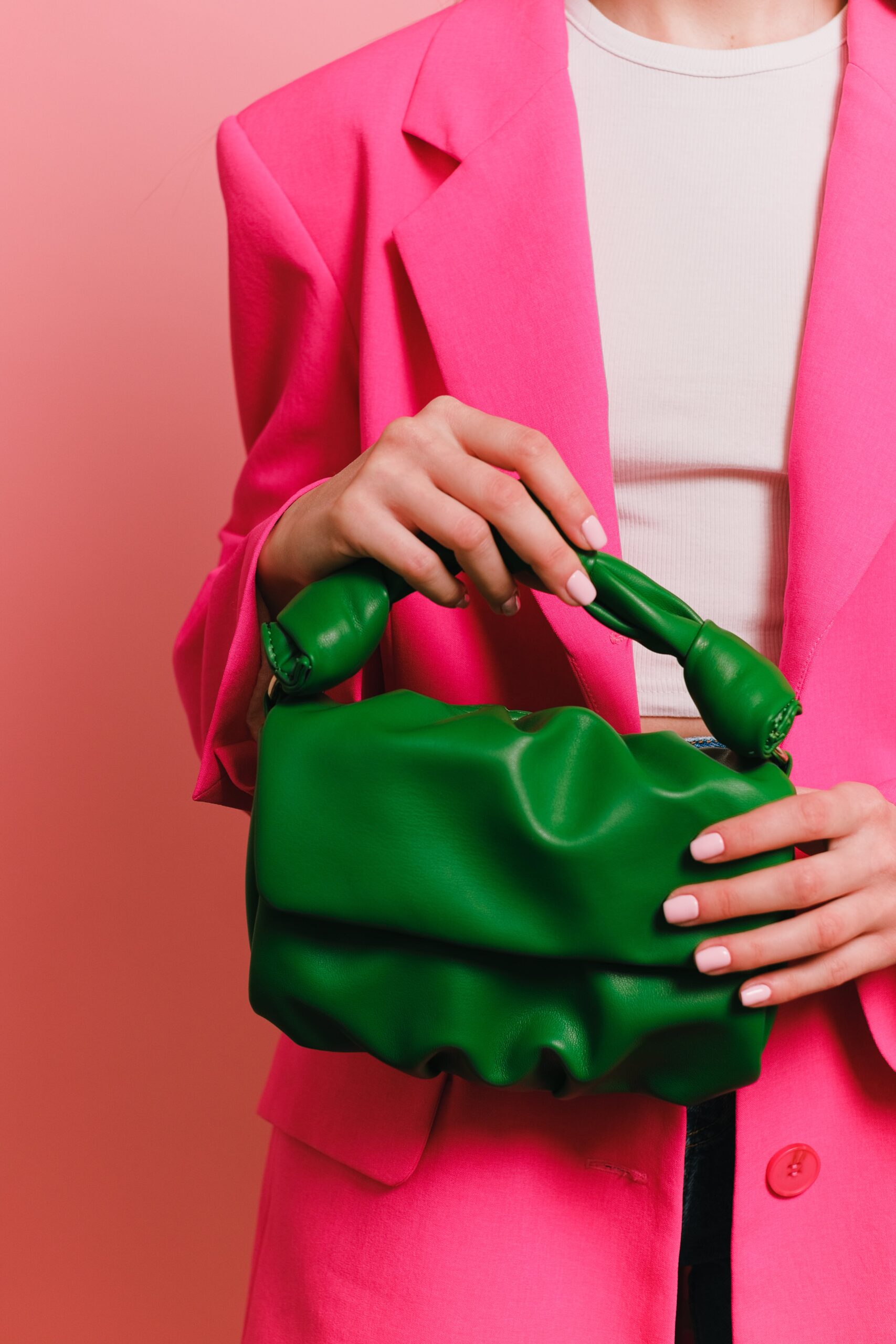Your cart is currently empty!
Green Fashion: The Answer to Fast Fashion?

Fashion, a continuously changing practice of creativity, is innovative and vivacious. Despite its massive creative influence, the fashion industry is one of the leading polluting industries across the globe, producing almost 20% of industrial water pollution worldwide.1
Known for its low-cost garments and fast production cycles, the traditional “fast fashion” model has contributed immensely to environmental deprivation. From the generation of textile waste to extreme water consumption, the environmental impact of the fashion industry is intense.
A major change in industry and customer values has given birth rise to an innovative movement known as green fashion in the clothing industry. Green fashion is transcending trends globally—not just as a style statement but as a way of life. It has become a one-of-a-kind movement geared toward a healthier and greener future.

Table of Contents
What Makes Green Fashion Unique?
Green fashion refers to the mindful approach of producing and consuming fashionwear in a way that is socio-economically sustainable. It encourages sustainable manufacturing practices that prioritise the use of natural fabrics like natural dyes and hemp in place of toxic chemical dyes, pesticides, and fertilisers manufactured from petrochemicals.
As global pollution and animal brutality continue to be dominant problems, customers are increasingly inspired to adopt environmentally friendly and greener lifestyles. Investing in green or earth-friendly fashion signifies a commitment to rejecting the fast fashion mindset. It helps to decrease the carbon footprint related to apparel production and consumption.
Sustainable fashion brands often undergo slower production cycles, ensuring enhanced quality, durability, and attention to detail in the end products. The process of creating sustainable apparel involves a series of choices that influence the environment, from the use of raw materials to the green manufacturing processes employed.
Creating a Green Wardrobe
The transition towards sustainability in the fashion industry involves a careful approach to creating a wardrobe that is aligned with values. Here are some tips to shift to a green wardrobe.
Be Informed
Understand the ecological impact of different fabrics. What is their impact during the production process? And how much of a burden are they to the environment when being disposed. Consider biodegradable clothing items, which are made from natural materials and without synthetics. The less synthetics, the easier items can decompose.
Ethical fashion guides help customers make informed decisions. Take for example our Brand Focus where we feature brands that take back their items for recycling, upcycling or composting.
Know the important certifications. What do different certificates mean? Is the certificate just “bought” and used for greenwashing?
Quality over Quantity: how many items do you need?
Green fashion promotes the rejection of the throwaway philosophy of fast fashion. Invest in durable apparel that decreases the need for repeated replacements.
Don’t worry about things getting boring. Combining the right items and colors can create a vast number of stylish combinations. Far enough to bring you through the year without even repeating an outfit. But how many pieces of clothing are enough?
Imagine this simplified scenario for a 365 day wardrobe:
- your average outfit consists of a bottom and a top (=2 pieces)
- you wear one outfit per day
- you want to wear each clothing item at least once a month
The calculation is as follows:
- 365 days
- 1 outfit per day
- 2 pieces per outfit
- every clothing item is worn 12 times (once a month)
- 365 x 1 x 2 / 12 = 61 items (rounded up)
So approximately 60 clothing items can yield enough combinations. Of course real life is more complicated than that. You don’t wear the same outfit all day. You change to your home wear, you change from work outfit to leisure outfit. Summer and winter outfits require less or more layers.
But you can see already that not too many items are actually required. If you decide to wear items every 2 weeks, the numbers come down. If your average outfit consists of more items, then the numbers go up.
Consider Second-Hand and Vintage Options
Embrace second-hand and vintage shopping to extend the lifespan of apparel. Several online platforms provide green fashion pieces with a minimal environmental footprint. Take Hardly Ever Worn It, where you can find designer items.
Support Sustainable Brands
Support fashion brands that align with sustainability. These brands often describe their dedication to green fashion, making it easy for customers to explore a range of sustainable choices. But again, do your homework on certifications and how trustworthy the claims are. Beware of greenwashing.
Adopt DIY and Upcycling
Do-it-yourself projects and upcycling play a pivotal role in transforming old clothing into new pieces to suit rising trends. There are many promising developments like kombucha leather, a leather alternative based on bacteria and yeast. In this article, you can learn how to make your own: Exploring Kombucha Leather: An Eco-Friendly Alternative.
Conclusion
Investing in green fashion is more than a style statement; it is a conscious decision to align personal values with the impact of unique choices on the environment and society. With an eye toward a sustainable future, green fashion is likely to continue expanding.
By
Posted in
